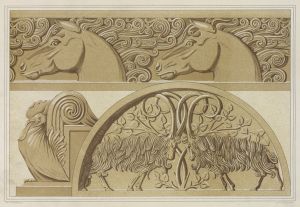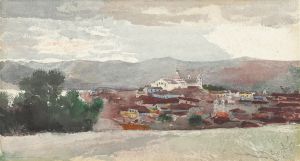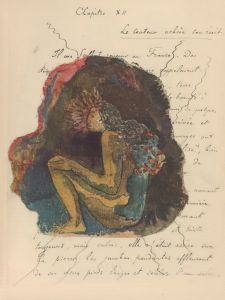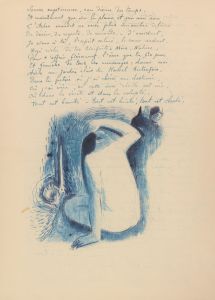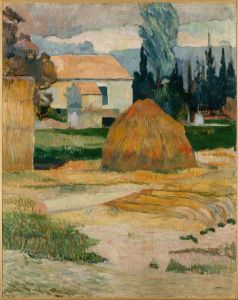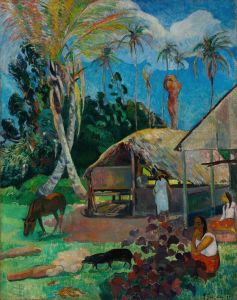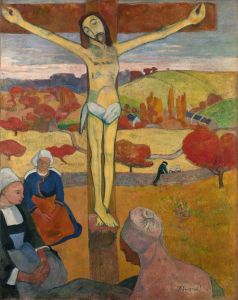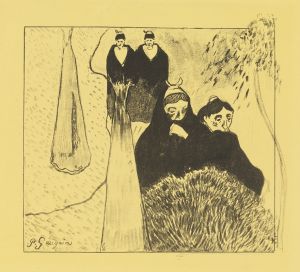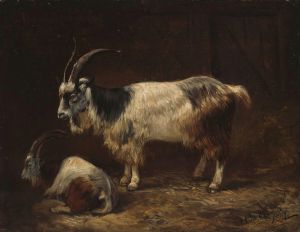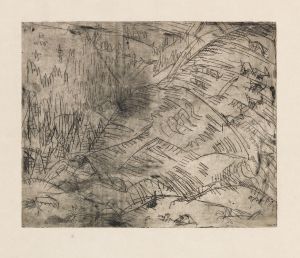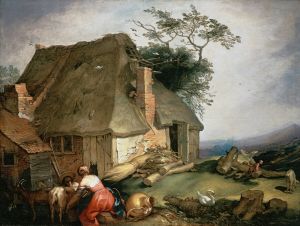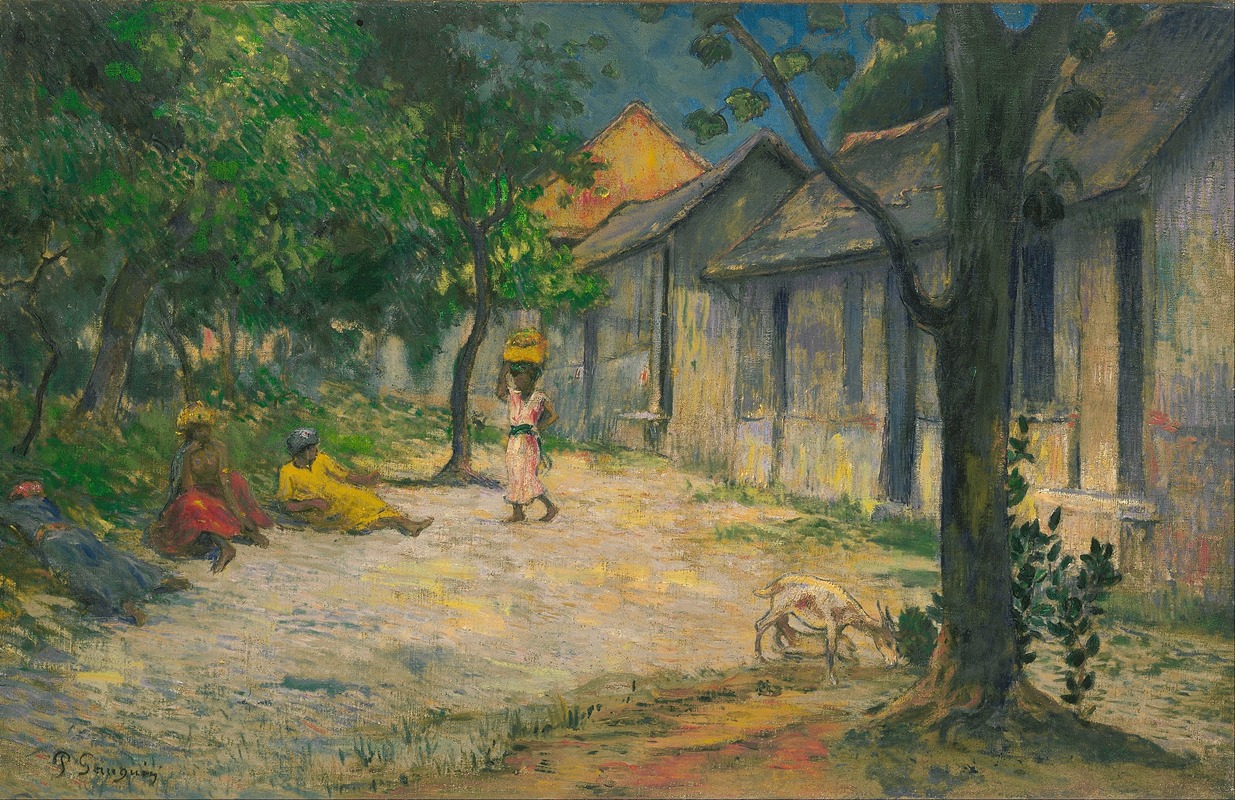
Village in Martinique
A hand-painted replica of Paul Gauguin’s masterpiece Village in Martinique, meticulously crafted by professional artists to capture the true essence of the original. Each piece is created with museum-quality canvas and rare mineral pigments, carefully painted by experienced artists with delicate brushstrokes and rich, layered colors to perfectly recreate the texture of the original artwork. Unlike machine-printed reproductions, this hand-painted version brings the painting to life, infused with the artist’s emotions and skill in every stroke. Whether for personal collection or home decoration, it instantly elevates the artistic atmosphere of any space.
"Village in Martinique" is an oil painting created by the French Post-Impressionist artist Paul Gauguin in 1887. This work is one of several paintings Gauguin produced during his stay on the Caribbean island of Martinique, where he traveled in search of inspiration and a simpler way of life. The painting reflects Gauguin's interest in capturing the natural beauty and daily life of the island, as well as his evolving artistic style.
The artwork depicts a rural scene in Martinique, featuring a small village surrounded by lush tropical vegetation. Gauguin's use of vibrant colors and bold brushstrokes conveys the warmth and vitality of the Caribbean landscape. The composition includes elements such as palm trees, thatched-roof huts, and figures engaged in everyday activities, emphasizing the connection between the people and their environment. This painting demonstrates Gauguin's growing departure from the more naturalistic techniques of Impressionism, as he began to experiment with simplified forms and expressive color palettes.
Gauguin's time in Martinique was relatively brief, lasting only a few months in 1887. However, it had a significant impact on his artistic development. The island's tropical scenery and culture deeply influenced his work, encouraging him to explore themes of exoticism and primitivism that would later become central to his art. During his stay, Gauguin created approximately a dozen paintings, including "Village in Martinique," which are now considered important milestones in his career.
The painting is notable for its synthesis of naturalistic detail and symbolic abstraction, a hallmark of Gauguin's mature style. While it captures the physical appearance of the Martinican landscape, it also reflects Gauguin's subjective interpretation of the scene, imbuing it with a sense of harmony and idealism. This approach would later be fully realized in his works created in Tahiti and other parts of French Polynesia.
Today, "Village in Martinique" is recognized as an important example of Gauguin's early experimentation with themes and techniques that would define his later masterpieces. The painting is held in the collection of the Van Gogh Museum in Amsterdam, where it is displayed alongside other works by Gauguin and his contemporaries. It continues to be studied and appreciated for its artistic and historical significance, offering insight into Gauguin's transformative journey as an artist.





